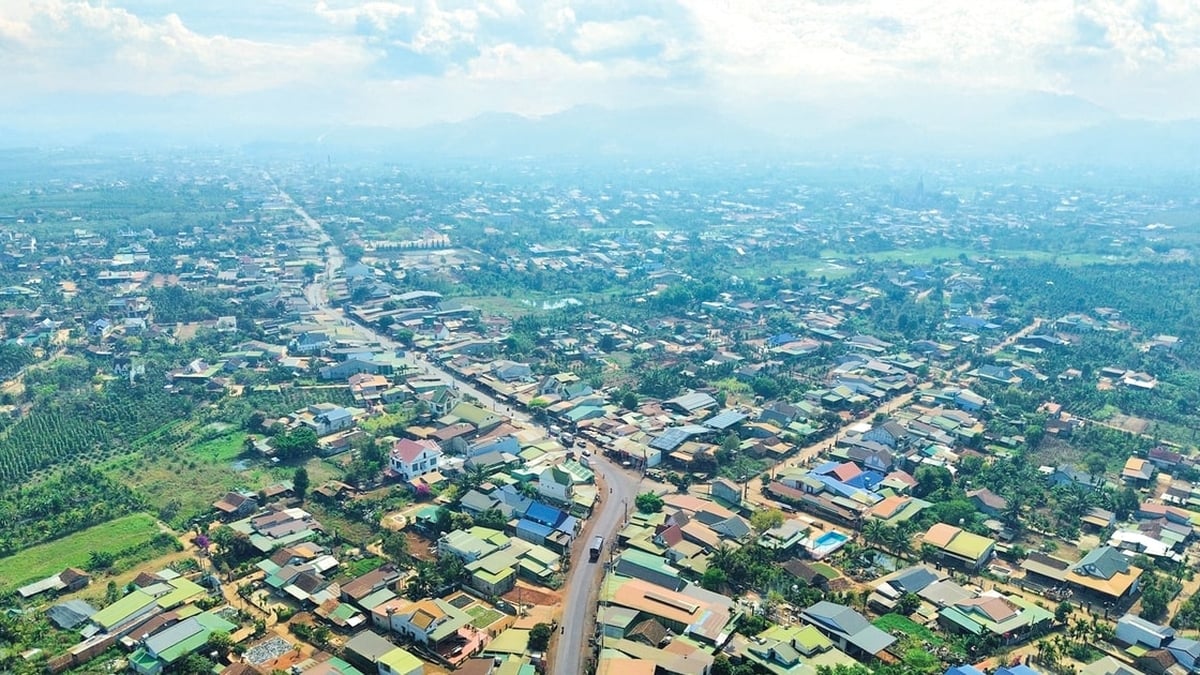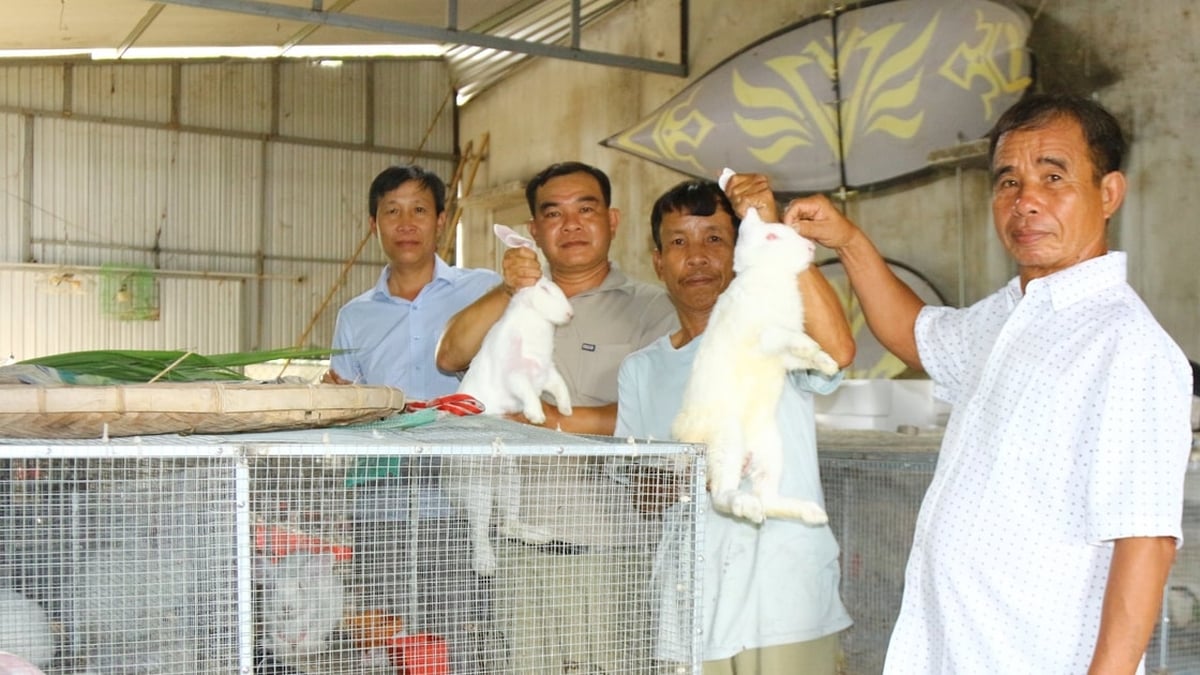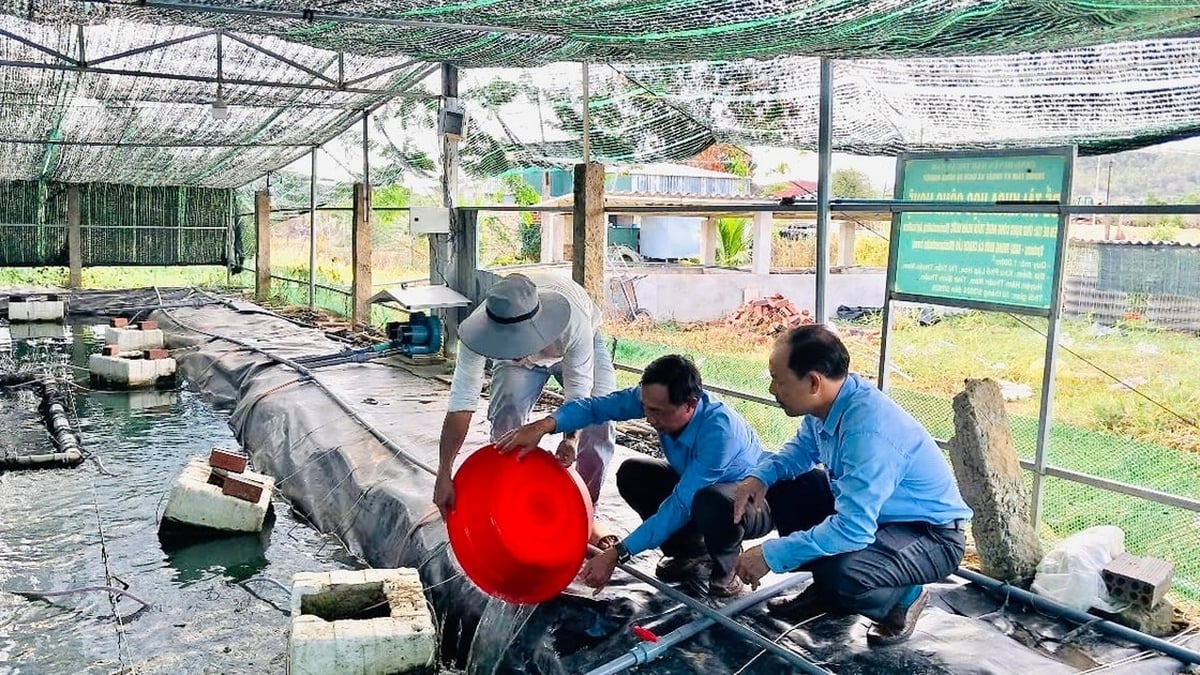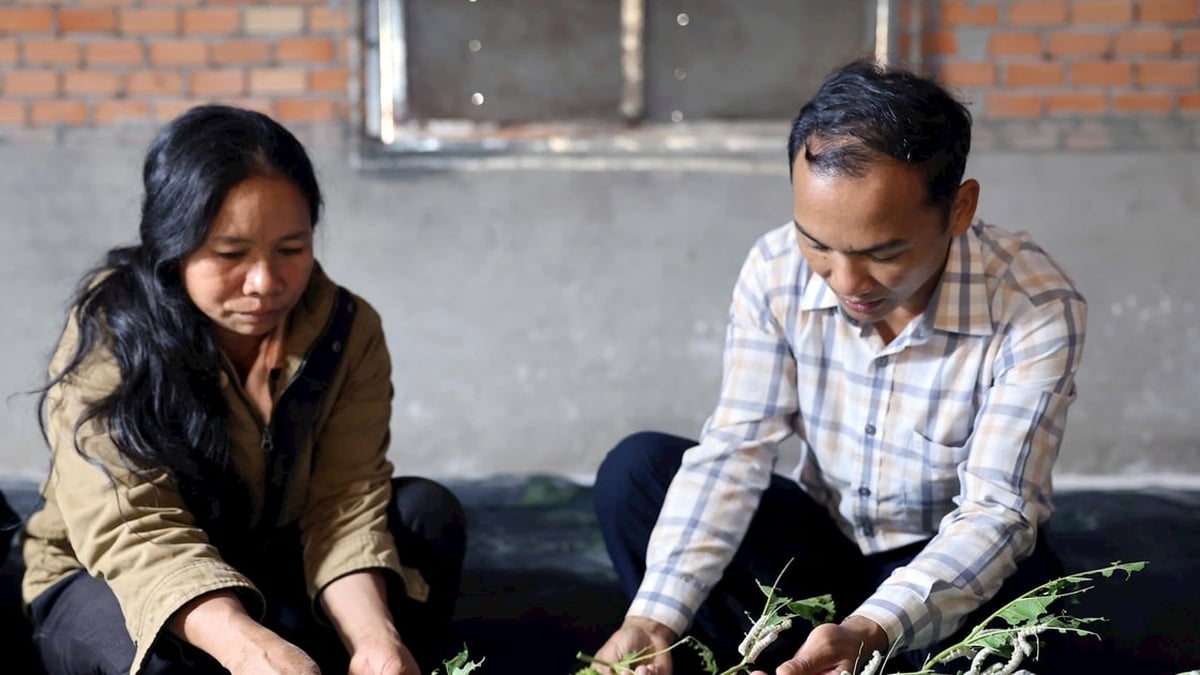
Recent reports from the International Labour Organization (ILO) and the Organisation for Economic Co-operation and Development (OECD) indicate that skills shortages are becoming a serious challenge in many economies, especially in developed countries. This situation not only puts short-term pressure on the labour market, but also threatens productivity, innovation and long-term growth.
Opening up human resources: The key to solving the labor shortage problem
According to the OECD, due to falling birth rates, the working-age population in the organization’s 38 member countries will be 8% smaller than it is today by 2060. In a quarter of OECD member countries, the decline will be more than 30%.
As life expectancy increases, the ratio of people past working age to those aged 20-64 in the OECD is likely to jump to 52% by 2060 from 31% in 2023. In Italy, Japan, Poland, Spain and South Korea, the ratio is forecast to exceed 75%. Economic output per capita – a key determinant of income – will grow more slowly, as the workforce will make up a smaller proportion of the population.
Some OECD governments have introduced policies to encourage fertility, including tax breaks for mothers, such as in Hungary, with the tax breaks increasing with the number of children. However, these incentives are unlikely to solve all the problems, and the OECD says it is too late for fertility incentives to have a positive impact on income growth over the next 25 years.
Many countries expect AI to help fill some of the labor shortage, especially in areas that require automation. However, the OECD says this expectation needs to be treated with caution, as the real impact depends on skills, policies and how the technology is deployed.
As many countries struggle to cope with labor shortages due to aging populations, one solution is increasingly seen as more practical: Expanding legal immigration channels to attract human resources from outside.
From Italy to South Korea, a wave of adjustments to visa policies and migrant worker allocation is underway to address growing gaps in sectors such as agriculture , construction, health care and manufacturing.
Italian government issues large number of visas for foreign workers in agriculture and tourism
On July 1, the Italian Government approved granting nearly 500,000 visas to workers from outside the European Union (EU) over the next three years.
Prime Minister Giorgia Meloni’s government said a total of 497,550 workers would be allowed to work in Italy between 2026 and 2028, with around 165,000 in 2026 alone. Notably, the largest number of visas over the next three years, around 267,000, will be issued for seasonal work in the agriculture and tourism sectors.
This is up from the original 450,000 quota set by the incumbent government for 2023-2025. That quota has also jumped from 75,700 for 2022 and about 70,000 for 2021.
Prime Minister Meloni is trying to reduce the number of people trying to enter Italy illegally, but is also trying to promote legal migration routes to attract workers from outside the EU to solve the labor shortage in this aging country.
Italian farmers' federation Coldiretti welcomed the new visa scheme as "an important step forward to ensure there is enough labour in the fields and with it food production".
However, Maria Grazia Gabrielli, a senior official at the General Confederation of Italian Labor (CGIL), said the new quotas do not address migration dynamics and labor needs as the number of visa applications is much lower than the existing quotas.
According to Ms. Gabrielli, Italy's policy towards foreign workers still has many loopholes, which criminal gangs also take advantage of. Therefore, she believes that structural changes are the "key" to solving the current labor shortage.
Source: https://baolangson.vn/lao-dong-nuoc-ngoai-nhung-nganh-nghe-dang-thieu-tai-cac-nuoc-ky-1-5053369.html


































































































Comment (0)